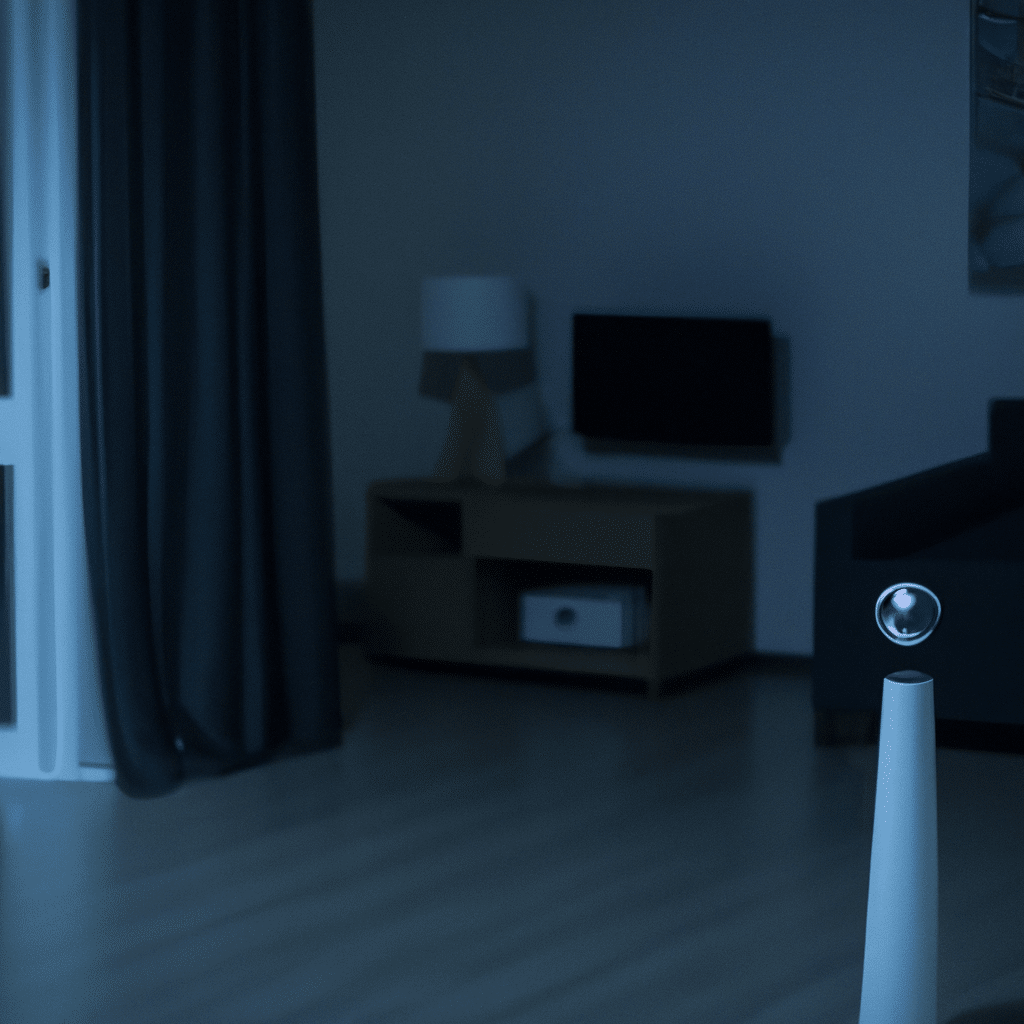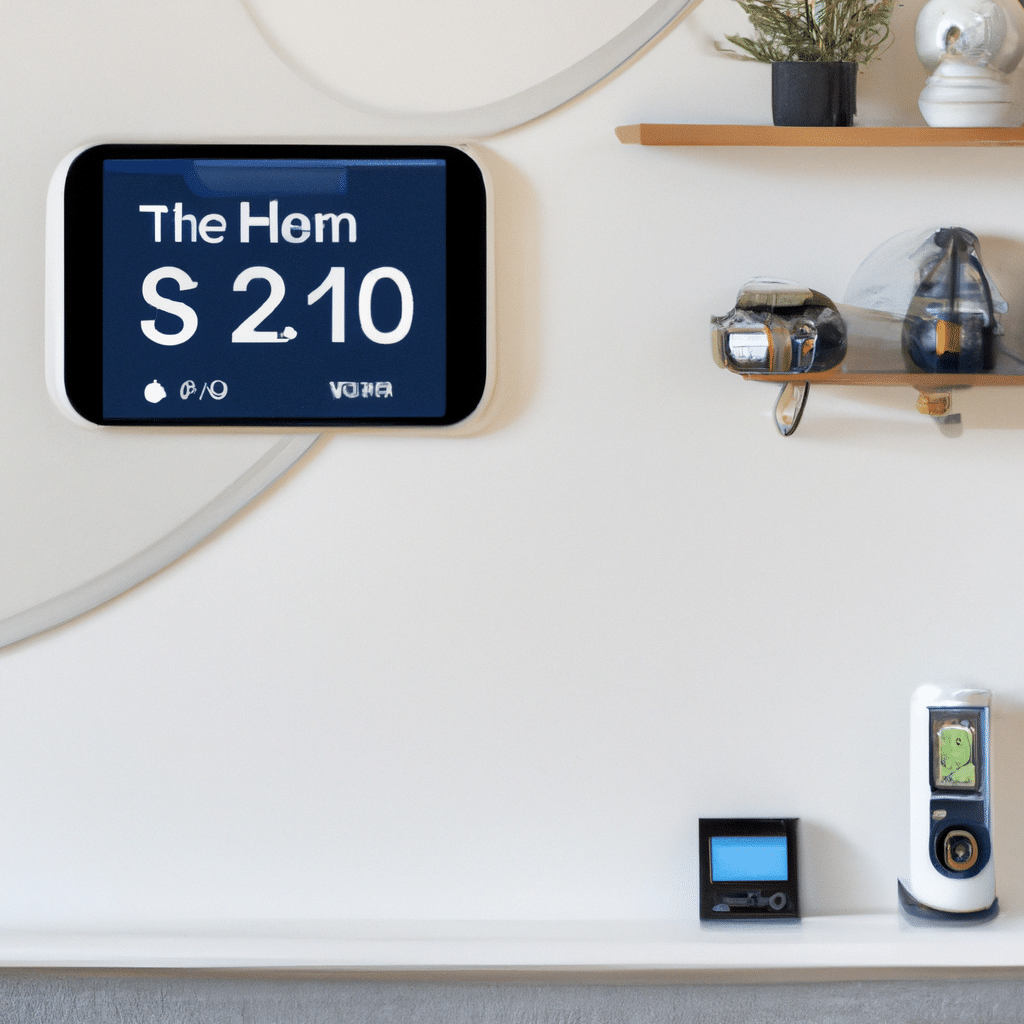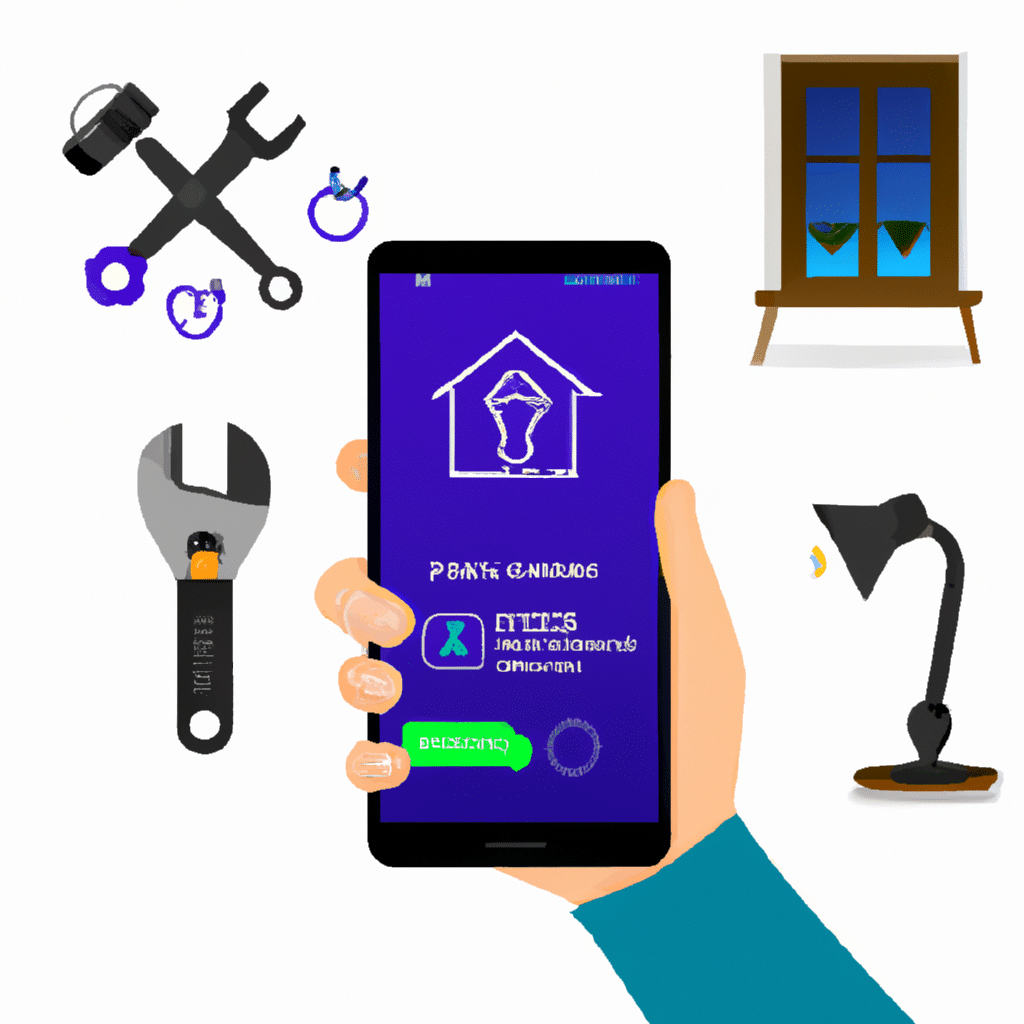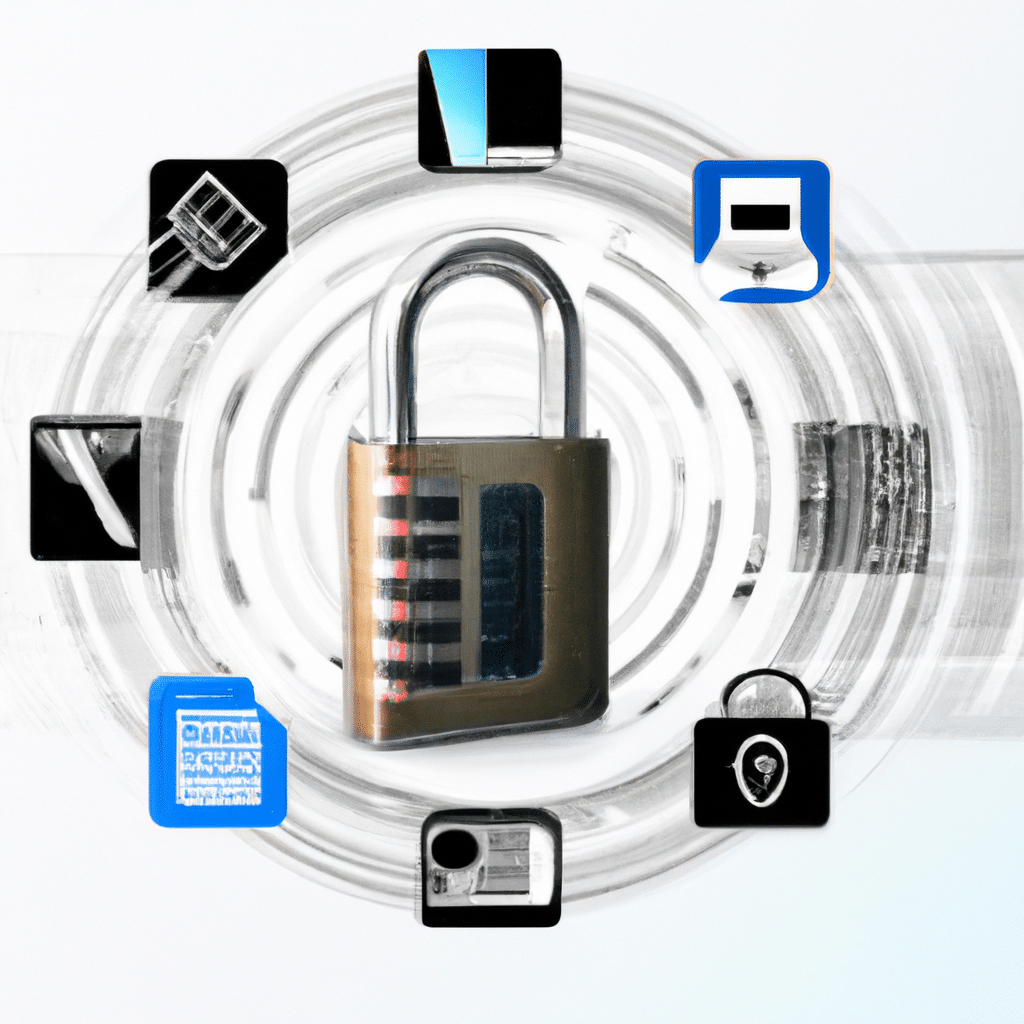
In today’s technological era, smart home systems have become an integral part of modern living. These advanced systems offer convenience, efficiency, and enhanced security. However, like any other technology, smart home systems require regular maintenance to ensure optimal performance and longevity. In this article, we will share some lesser-known maintenance hacks that will help you boost the performance of your smart home systems. By following these tips, you can optimize your smart home experience and stay ahead of the curve.
1. Keep Your System Up to Date
In the fast-paced world of technology, regular updates are crucial to keep your smart home system running smoothly. Manufacturers frequently release software updates that include bug fixes, security patches, and new features. By regularly updating your smart home devices and their associated apps, you can ensure compatibility and enjoy the latest enhancements. Set up automatic updates whenever possible to streamline this process and avoid missing out on important improvements.
2. Secure Your Network
A robust and secure network is the foundation of a reliable smart home system. Start by changing the default login credentials of your router and other network devices to prevent unauthorized access. Use a strong, unique password that combines letters, numbers, and special characters. Additionally, enable encryption protocols such as WPA2 on your Wi-Fi network to safeguard against potential intrusions. Regularly update your router’s firmware to address any security vulnerabilities and consider setting up a separate guest network for added protection.
3. Optimize Device Placement
The placement of your smart home devices plays a significant role in their performance. Wi-Fi signals can be obstructed by walls, furniture, or other electronic devices, resulting in weaker connections and slower response times. To optimize signal strength, position your router in a central location, away from obstructions. Consider using Wi-Fi range extenders or mesh systems to amplify coverage in larger homes. Also, ensure that your smart home devices are within reasonable proximity to the router for seamless connectivity.
4. Eliminate Interference
Interference from nearby electronic devices can disrupt the smooth operation of your smart home system. Devices such as cordless phones, microwave ovens, and baby monitors can interfere with Wi-Fi signals, causing connectivity issues. Identify and relocate such devices away from your smart home devices and router to minimize interference. Additionally, consider utilizing the less congested 5GHz frequency band instead of the more commonly used 2.4GHz band for better performance and reduced interference.
5. Regularly Clean and Maintain Devices
Proper cleaning and maintenance of your smart home devices can significantly improve their performance and longevity. Dust and debris can accumulate on device surfaces, obstructing sensors and impeding functionality. Regularly wipe down your devices with a soft, lint-free cloth to keep them clean. Pay extra attention to touchscreens, cameras, and sensors. Follow the manufacturer’s instructions for cleaning and maintenance, and avoid using harsh chemicals or abrasive materials that may damage the devices.
6. Optimize Device Settings
Fine-tuning the settings of your smart home devices can further enhance their performance. Explore the various options available in the device settings and customize them to suit your needs. For example, you can adjust motion sensor sensitivity, optimize camera recording settings, or configure lighting schedules for energy efficiency. By optimizing these settings, you can tailor your smart home system to your lifestyle and ensure that it functions optimally.
7. Monitor and Analyze Performance
Regularly monitoring and analyzing the performance of your smart home system can help you identify and address any issues promptly. Many smart home devices come with companion apps or web-based dashboards that provide valuable insights into their performance metrics. Keep an eye on signal strength, response times, and any error messages or notifications. This proactive approach allows you to take necessary action, such as rebooting devices, troubleshooting connectivity issues, or contacting customer support for assistance.
In conclusion, maintaining and optimizing your smart home system is essential for ensuring its smooth operation and maximizing its potential. By following these maintenance hacks, you can enhance the performance of your smart home devices, improve security, and enjoy a seamless smart home experience. Remember to keep your system up to date, secure your network, optimize device placement, eliminate interference, clean and maintain devices, optimize device settings, and regularly monitor performance. With these tips in mind, you’ll be able to stay ahead of the curve and make the most of your smart home technology.






